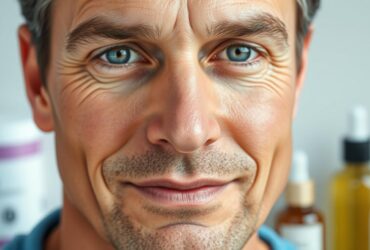In a world increasingly captivated by the quest for youth and vitality, the relevance of testosterone therapy has surged to the forefront of health and wellness discussions. Often associated with the vigor of early adulthood, testosterone plays a crucial role in various bodily functions, from muscle mass and energy levels to mood regulation and overall quality of life. As concerns about aging and vitality grow, more individuals are turning to testosterone therapy as a potential elixir, promising not just a return to youthful zest but also an enhancement of everyday performance. This article will explore the nuances of testosterone therapy—its benefits, risks, and the science behind its resurgence—as we navigate the complex landscape of maintaining vitality in an aging population.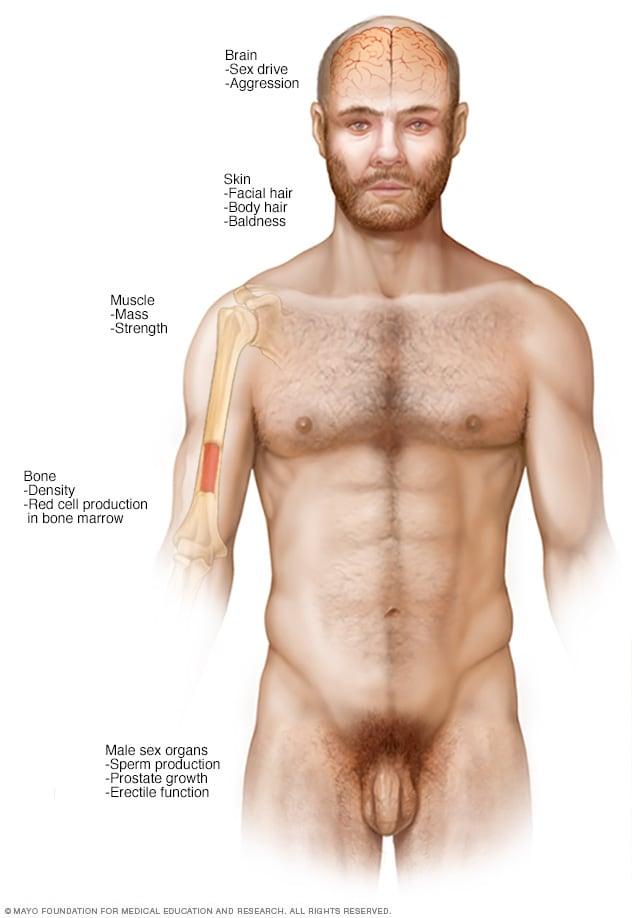
Understanding Testosterone and Its Role in Vitality
Testosterone is often regarded as the cornerstone of male vitality, deeply influencing various aspects of physical and mental well-being. This hormone, primarily produced in the testes, plays an essential role in maintaining muscle mass, bone density, and fat distribution. Beyond its physical implications, testosterone significantly impacts mood, energy levels, and sexual health. Individuals with healthy testosterone levels typically experience enhanced motivation, improved cognitive functions, and greater overall happiness. However, as men age, testosterone levels naturally decline, which may lead to feelings of fatigue, irritability, and decreased libido.
By understanding the critical functions that testosterone serves, it becomes clear why many are turning to hormonal therapies as a means to restore vitality. Treatment can facilitate a wide range of benefits, including:
- Increased energy and endurance
- Enhanced muscle strength
- Improved sexual performance
- Sharper mental acuity
- Better mood regulation
Although testosterone therapy isn’t a one-size-fits-all solution, it can provide significant improvements for those experiencing the detrimental effects of low testosterone. Regular monitoring and expert guidance are crucial to tailor the treatment to individual needs while minimizing potential side effects.
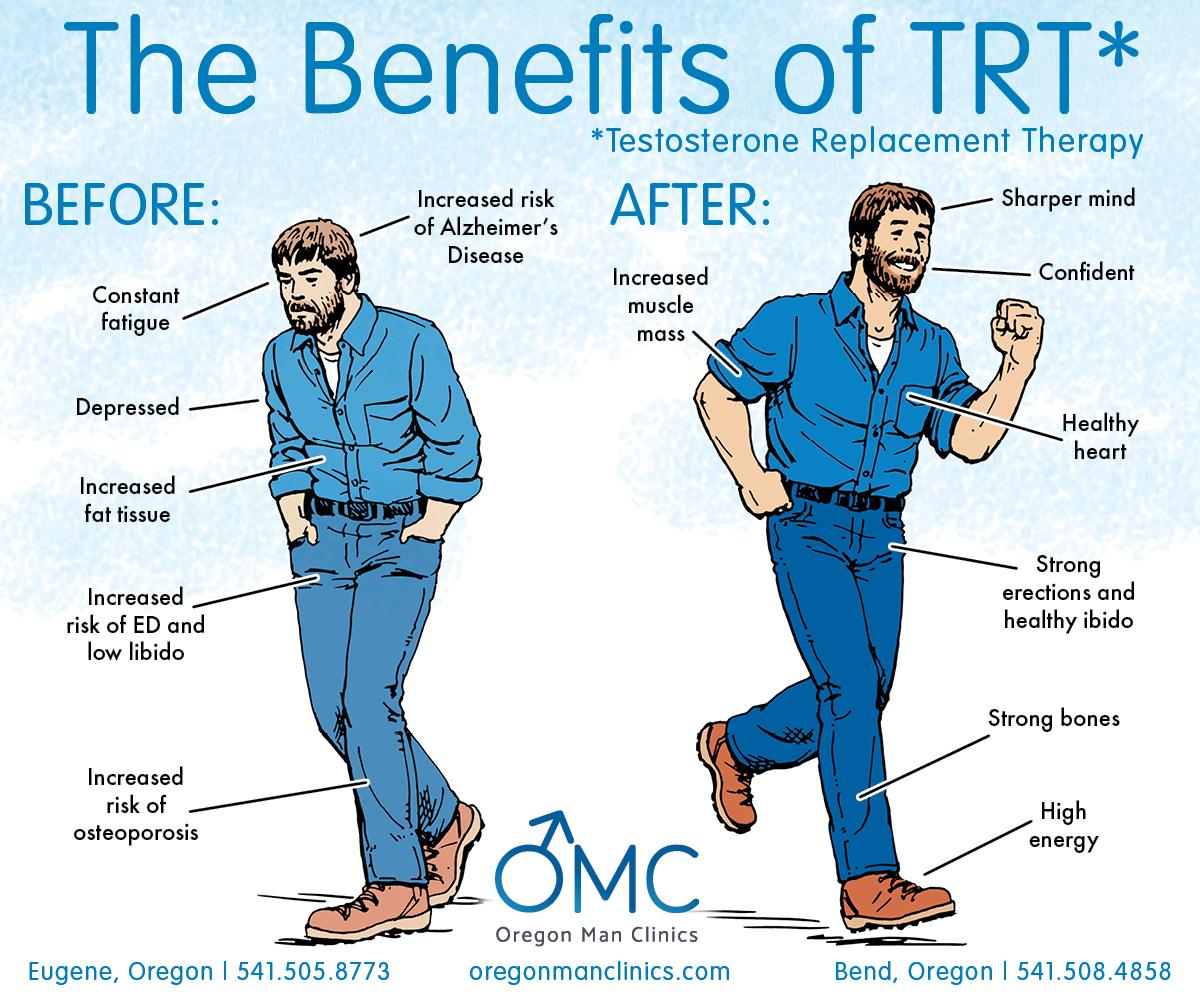
The Science Behind Testosterone Therapy
Testosterone therapy has gained considerable attention in recent years for its potential to revive vitality and overall well-being in men experiencing age-related hormonal decline. Testosterone, a critical hormone, plays a pivotal role in various bodily functions, including muscle mass maintenance, fat distribution, and mood regulation. As men age, testosterone levels naturally decline, which can lead to symptoms such as fatigue, decreased libido, and increased body fat. Understanding the physiological impact of this therapy is essential for those considering it as a means to restore their youthful vigor.
Research indicates that testosterone therapy may help to:
- Enhance muscle mass and strength: Increased testosterone levels can stimulate muscle protein synthesis.
- Improve mood and mental clarity: Restoring hormonal balance can positively affect cognitive function and emotional well-being.
- Boost libido and sexual performance: Elevated testosterone levels can lead to increased sexual desire and better erectile function.
- Support healthier body composition: Testosterone therapy can assist in reducing body fat, particularly visceral fat.
| Benefits of Testosterone Therapy | Potential Effects |
|---|---|
| Increased Energy Levels | Less fatigue and improved stamina |
| Enhanced Mood | Reduction in anxiety and depressive symptoms |
| Improved Bone Density | Lower risk of osteoporosis |
| Better Cardiovascular Health | Potential for improved heart function |
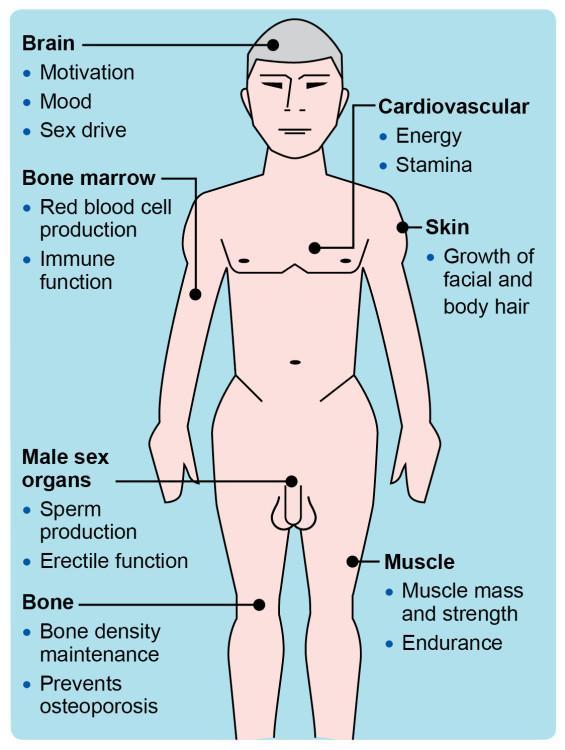
Key Benefits of Restoring Testosterone Levels
Restoring testosterone levels can lead to a remarkable transformation in both physical and mental well-being. Individuals often experience an increase in energy levels, making daily tasks less daunting and enhancing overall productivity. Furthermore, improved muscle mass and strength can contribute to a more toned physique, promoting confidence and a sense of achievement in physical fitness endeavors. Other notable advantages include:
- Enhanced Mood: Regulated testosterone can reduce feelings of irritability and mood swings.
- Cognitive Function: Increases in focus, memory retention, and mental clarity.
- Sexual Health: Improved libido and erectile function, leading to a more satisfying intimate life.
Moreover, balancing testosterone levels can have significant long-term health benefits. Studies suggest that individuals with appropriate testosterone levels may experience a lower risk of developing chronic diseases such as diabetes and cardiovascular issues. The correlational data reflects that men who maintain healthy testosterone levels benefit from:
| Health Benefit | Impact |
|---|---|
| Bone Density | Stronger bones, reducing osteoporosis risk |
| Heart Health | Improved cardiovascular function |
| Weight Management | Facilitates muscle preservation and fat loss |
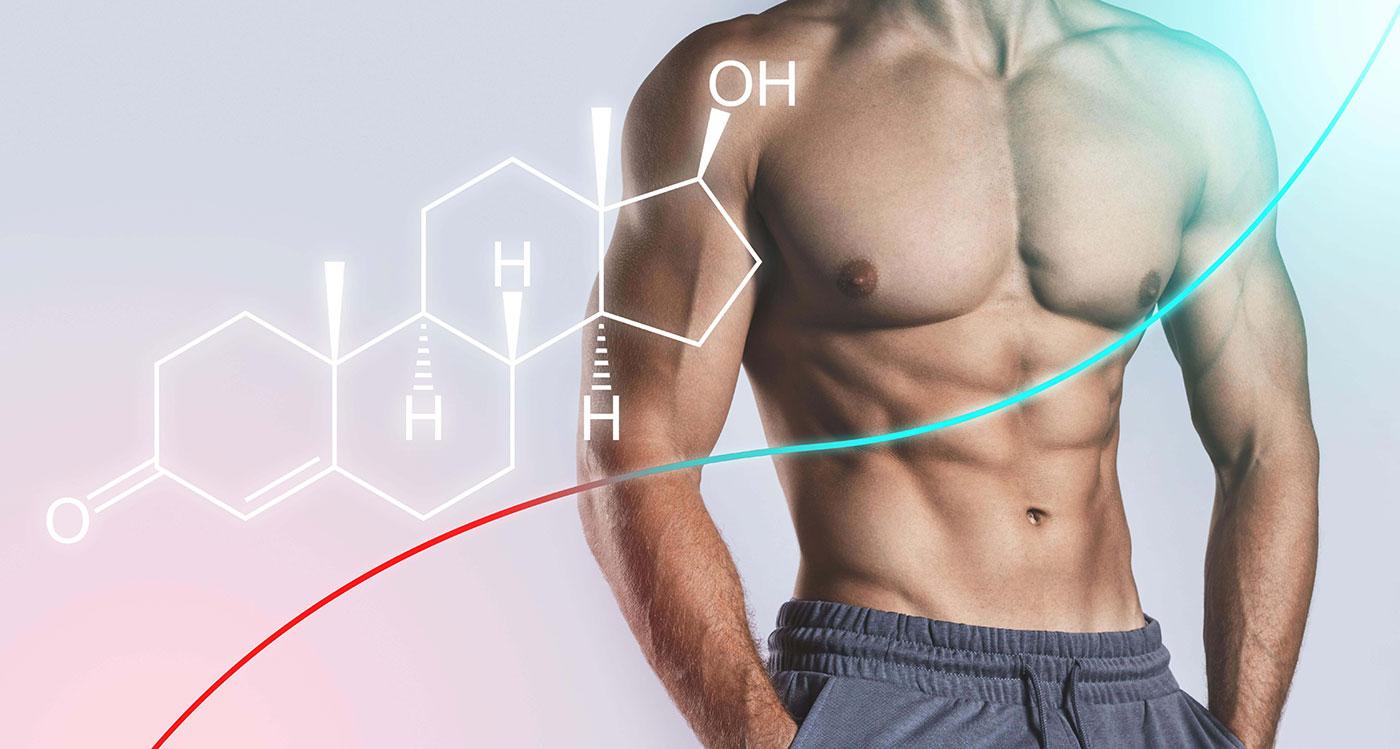
Identifying Candidates for Testosterone Therapy
Determining the suitability of testosterone therapy involves a comprehensive evaluation of an individual’s symptoms, medical history, and lifestyle. Common indicators that may suggest a need for intervention include:
- Persistent fatigue or lack of energy
- Increased body fat with a decrease in muscle mass
- Declining libido or sexual dysfunction
- Mood changes, including depression or irritability
- Difficulty concentrating or mental fog
In addition to symptomatic assessment, healthcare providers typically conduct a series of laboratory tests to measure testosterone levels. This quantitative evaluation is crucial because it helps establish whether hormone levels are genuinely deficient. Key considerations during assessment may include:
| Test Name | Description |
|---|---|
| Total Testosterone | Measures the overall testosterone in the bloodstream. |
| Free Testosterone | Assesses the fraction of testosterone that is unbound and active. |
| SHBG (Sex Hormone-Binding Globulin) | Helps determine how much testosterone is available for the body to use. |
The combination of symptomatology and laboratory findings allows healthcare professionals to create a tailored approach to testosterone therapy, enhancing the prospects for youthful vitality and overall well-being.
Navigating the Treatment Options Available
When considering testosterone therapy, it’s vital to explore various methods of treatment to find the one that best suits your needs and lifestyle. The most common options include injections, gels, patches, and pellets. Each method has its own benefits and drawbacks, impacting absorption rates, dosage control, and overall convenience. For instance, injections may require less frequent dosing but can cause discomfort, while gels provide a more user-friendly application but may raise concerns about skin-to-skin contact. Understanding these differences can help you make an informed choice.
Furthermore, the decision should also consider factors such as medical history, symptom severity, and personal preferences. Consultations with healthcare professionals can provide insights tailored to your unique circumstances. Below is a concise comparison of the treatment options:
| Method | Application Frequency | Pros | Cons |
|---|---|---|---|
| Injections | Every 1-2 weeks | Effective, Precise dosage | Invasive, Possible discomfort |
| Gels | Daily | Easy to apply, No needles | Risk of transfer, Daily commitment |
| Patches | Daily | Sustained release, No injections | Skin irritation, Visible |
| Pellets | Every 3-6 months | Long-lasting, Convenient | Minor surgical procedure, Cost |
Potential Risks and Considerations to Keep in Mind
While the potential benefits of testosterone therapy for enhancing youthful vitality are substantial, it’s essential to navigate the landscape with caution. Individual reactions to therapy can vary widely, and it’s imperative to consult with a healthcare provider to assess personal suitability. Factors such as age, current health condition, and medical history should influence the decision to pursue this treatment. Additionally, the administration of testosterone—whether through injections, gels, or patches—may have different side effects, including mood swings, sleep disturbances, and skin reactions. The long-term implications of elevated testosterone levels are still under investigation, raising questions about the sustainability of treatment and effectiveness over time.
Moreover, attention to potential cardiovascular risks is critical. Some studies have indicated a correlation between testosterone therapy and increased chances of heart complications, while others have suggested possible benefits. These findings highlight the importance of individualized monitoring. Patients considering this therapy should be aware of possible interactions with other medications and the necessity of regular intervals for blood tests to track testosterone levels, alongside cholesterol and hemoglobin values. Below is a simplified overview of key considerations surrounding testosterone therapy:
| Consideration | Details |
|---|---|
| Aging Population | May experience different outcomes compared to younger patients |
| Pre-existing Conditions | Conditions like prostate cancer, sleep apnea, or heart disease could complicate therapy |
| Regular Monitoring | Frequent blood tests are necessary to manage hormone levels effectively |
| Side Effects | Possible weight gain, acne, or increased aggression |
Holistic Approaches to Enhance Youthful Vitality
Exploring a holistic approach to enhance youthful vitality involves integrating various lifestyle choices and therapies that can significantly impact overall well-being. One crucial aspect is nutrition. A balanced diet rich in antioxidants, healthy fats, and essential nutrients can nourish the body, improve hormonal balance, and promote optimal testosterone levels. Key components include:
- Leafy Greens: Such as spinach and kale, which are high in magnesium.
- Nuts and Seeds: Almonds, walnuts, and pumpkin seeds provide healthy fats and zinc.
- Lean Proteins: Chicken, fish, and legumes support hormone production.
Exercise is another pillar of holistic vitality. Combining cardiovascular workouts with strength training helps maintain muscle mass and promotes hormone fluctuation in a natural way. Additionally, embracing stress management techniques such as yoga and meditation can lower cortisol levels, which is essential for sustaining testosterone production. A well-structured daily routine could look like this:
| Time | Activity |
|---|---|
| 7:00 AM | Morning Yoga |
| 8:00 AM | Healthy Breakfast |
| 6:00 PM | Strength Training |
| 9:00 PM | Meditation Session |
Q&A
Q&A: Exploring Testosterone Therapy for Youthful Vitality
Q1: What is testosterone therapy and how does it work?
A1: Testosterone therapy involves the administration of testosterone to individuals who have low levels of this hormone. This can be accomplished through injections, patches, gels, or pellets. The primary goal is to restore testosterone to levels found in younger adults, potentially enhancing energy, mood, and overall vitality.
Q2: Who might benefit from testosterone therapy?
A2: Testosterone therapy is primarily geared towards men experiencing significantly low testosterone levels, a condition often referred to as hypogonadism. However, some research is exploring its benefits for women, particularly those facing hormonal imbalances due to menopause.
Q3: What are the potential benefits of testosterone therapy for youthful vitality?
A3: Advocates of testosterone therapy suggest a variety of benefits, including increased energy levels, improved mood, enhanced muscle mass, better cognitive function, and improved libido. Many people report feeling a renewed sense of vitality after initiating therapy.
Q4: Are there risks associated with testosterone therapy?
A4: Yes, while testosterone therapy may offer benefits, it also has potential risks. These can include increased risk of cardiovascular issues, sleep apnea, acne, and possible impacts on fertility. Therefore, thorough medical evaluations and ongoing monitoring are crucial for anyone considering testosterone therapy.
Q5: How is testosterone therapy administered?
A5: Testosterone can be administered via several methods, including intramuscular injections (usually every two to four weeks), transdermal patches, topical gels, or subcutaneous pellets implanted under the skin. The choice of method depends on individual preferences, lifestyle, and medical advice.
Q6: How long does it take to notice the effects of testosterone therapy?
A6: Many individuals report noticing changes within a few weeks of starting therapy, but it may take several months to experience the full range of benefits, including increased energy, improved mood, and muscle gains. Individual responses can vary significantly based on multiple factors.
Q7: What should individuals consider before starting testosterone therapy?
A7: Potential candidates should consult with a healthcare provider for a comprehensive evaluation. This includes discussing symptoms, undergoing blood tests to assess hormone levels, and considering any personal medical history or preexisting conditions that might affect therapy outcomes.
Q8: Is testosterone therapy a long-term commitment?
A8: For many, testosterone therapy becomes a long-term commitment, often requiring ongoing medical supervision to adjust dosages and monitor for potential side effects. Discontinuing therapy suddenly can lead to a drop in testosterone levels, which may cause a return of previous symptoms.
Q9: How can one find a qualified healthcare provider for testosterone therapy?
A9: Patients should seek healthcare professionals experienced in hormone therapy, such as endocrinologists or urologists. Recommendations from trusted sources, patient reviews, and professional organizations can help identify qualified practitioners who prioritize a thoughtful and individualized approach.
Q10: What’s the bottom line on testosterone therapy for youthful vitality?
A10: While testosterone therapy may offer prospects for increased vitality and improvement in select symptoms, it is crucial to approach it cautiously. Understanding the potential benefits, risks, and requirements for ongoing care can aid individuals in making informed decisions about their health and wellbeing.
The Way Forward
As we conclude our exploration of testosterone therapy and its potential to enhance youthful vitality, it’s clear that this complex topic intertwines science, health, and the pursuit of well-being. While the allure of regaining youthful energy and vigor is compelling, it is crucial to navigate the landscape of hormone therapy with informed caution. Individual responses to testosterone can vary widely, and what works for one person may not hold the same benefits for another.
Ultimately, the journey to vitality is not solely about restoring hormonal balance; it’s about embracing a holistic approach that encompasses nutrition, physical activity, mental health, and lifestyle choices. As research continues to unfold, staying educated and consulting with healthcare professionals remain key to making the best choices for your unique path to vitality.
In this age of information, let us remember that our bodies are intricate systems worthy of care and respect. Whatever decision you make about testosterone therapy, may it lead you towards a healthier, more vibrant version of yourself—because the essence of youth is not just defined by hormones, but by the adventure of living life fully.





